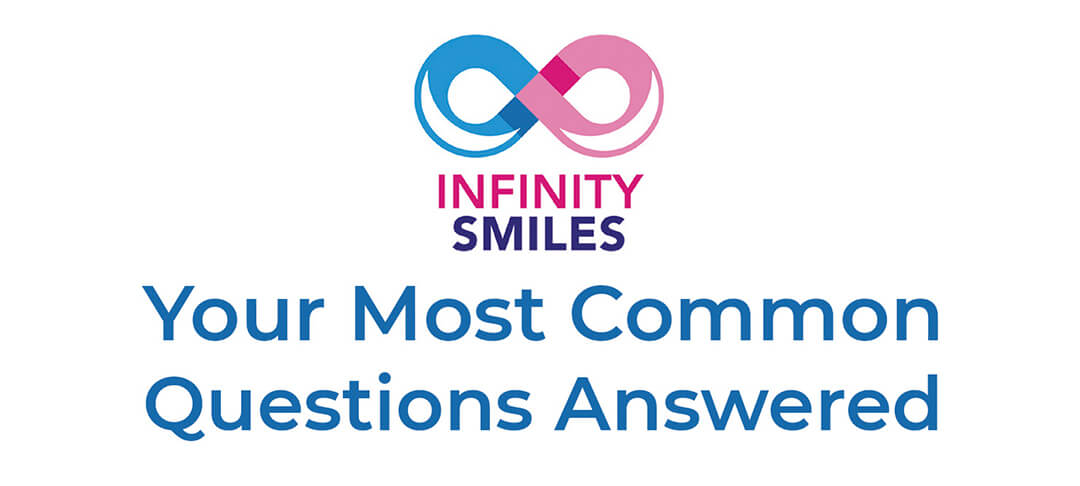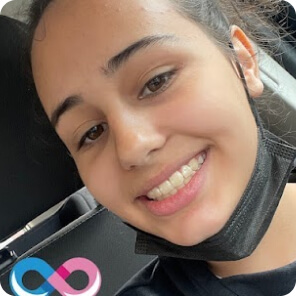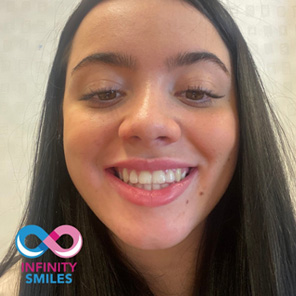How much do braces cost for kids?
Due to the number of appointments needed and the amount of time spent in the orthodontist’s chair being the same whatever age you are with braces; you shouldn’t expect to pay much less than you would for adult braces. That being said, children’s braces are often slightly less costly than adult braces, because not as much material is needed to cover all of the teeth. In this guide we will explore the cost of different types of braces for kids so you can make an informed decision on what will be the best option for you and your child.
Feb 17, 2022

Can all children access NHS braces in the UK?
Most children (under the age of 18) can get free orthodontic treatment through the NHS. However, this is only permitted if there is a serious clinical need for them to have their teeth straightened. Your dentist will assess your child’s teeth to confirm whether straightening with braces would be of medical benefit or a purely cosmetic decision.
The question this now poses is what makes braces for kids a “medical necessity”?. The system that is used to work out eligibility for NHS braces is known as the Index of Orthodontic Treatment Need (IOTN). This index works by measuring certain dental health irregularities and grades them on a scale of 1-5. It takes into account various factors that can be problematic to oral health. Patients in categories 4 and 5 on the scale should automatically be eligible for kid’s braces. If a child is put in category 1 or 2, they are not covered by the NHS for free braces. Lastly, children in category 3 will be assessed on a case-by-case basis.
It is important to note that the NHS only offers conventional metal braces to patients and there is often a long waiting list as dentists only get a specific amount of funding each year. Also, NHS patients might only be able to access limited appointment times (such as between 9am and 4pm on weekdays) which can be difficult to fit around work or school. With this in mind there are several reasons why you may want to pay for your child to have private orthodontic work instead.
- They were deemed to be ineligible for NHS braces, but you still want them to have braces.
- The NHS waiting list with your dentist is too long and you want to start your child’s treatment sooner.
- Your dentist’s NHS appointment times are too inconvenient and unworkable for you and/or your child.
- You and/or your child would prefer invisible, lingual, or ceramic braces instead of the standard metal ones.
Some dentists offer cheaper braces for kids based on the same terms as NHS braces, i.e. with similar limitations on types and appointment times. This can be a useful way to save money on braces for your child’s teeth if they have been denied treatment through the NHS.
How much are private braces for kids?
If you decide to fund your child’s treatment privately the cost of this will depend on multiple factors like the style you choose, and the length and complexity of the work that is needed. The table below will give you an indication of what different types of braces for children cost if they require both the upper and lower arch. Keep in mind that for a personalised quote you will need to have a consultation.
| Brace type | Cost (approximately) |
| Metal | £1,200-£3,000 |
| Ceramic | £2,000-£5,500 |
| Lingual | £2,000-£8,000 |
| Invisalign | £2,500-£5,000 |
If these prices look daunting, you can enquire about dental payment plans. A lot of dental practices will have ways for you to spread the cost of treatment, usually with 0% interest. Another option to make payments more manageable is a dental loan, or if you have private dental insurance for your child, it is well worth seeing if your policy can contribute towards the cost of your kid’s braces. Some plans offer orthodontic cover for children, as long as the treatment is deemed medically needed. However, the majority of plans will only reimburse about 25%-50% of costs at most, so you could still be out of pocket by a considerable amount.
What type of braces are available for kids?
Metal
Standard metal braces are the most common type of braces for children by far because they are the only ones that are funded by the NHS. Also, if you decide to go down the private treatment route, they are normally the cheapest option. A bracket is fixed to each tooth and a metal wire connects them all together. With tightening of the wire in specific places and regular adjustments, the dentist can gradually manipulate the teeth into the desired position.
In the past, metal braces garnered a reputation for being bulky and uncomfortable to wear. Thankfully, over time technology has advanced and brace brackets are now much smaller and more comfortable than they used to be. There is also scope for the child to customise their brace by choosing different coloured elastics for their braces each time they have an appointment for an adjustment. Metal braces provide effective teeth straightening for all types of alignment issues, with treatment typically taking 18-24 months.
Invisalign
Invisalign offers a completely different and more modern way to straighten teeth. Instead of having fixed brackets and wires to shift the teeth, a series of clear, removable aligners are used to guide them into position. This method of teeth alignment has clear benefits for children:
- The aligners are harder to see, hence why they have been termed “invisible braces”
- They can be taken out for 2-4 hours a day
- Children can clean their teeth as normal
- The system allows for new tooth eruption
- A wear indicator on each aligner shows if they are being worn enough
Of course, there are some potential drawbacks too. For instance, fully complying with the plan can be a problem, even with the wear indicator, so parents will have to decide if they think their child can wear their aligners as directed. There is also the issue of eating with Invisalign. Your child must take out the aligners to eat and drink anything except water, and they need to clean them and their teeth prior to replacing them. If your child does not do this it could lead to the aligners and teeth becoming stained and increase the risk of tooth decay. There are two different options available for treatment from Invisalign, depending on how old your child is when they need to begin treatment.
Invisalign First is an early intervention treatment option designed for children aged 6 to 10. It can be really beneficial in shaping the jaw and guiding adult teeth into place as they grow. From roughly age 11, children can start regular Invisalign treatment. Invisalign for tweens and teens can be as effective in straightening teeth as metal braces without being so noticeable.
Ceramic
These types of braces work in much the same way as metal ones, but the materials used in them make them more subtle for the wearer. The brackets are available in a clear or tooth-coloured material so they can blend in more effectively with the teeth. The wire is still normally metal, although it can have a tooth-coloured coating.
The materials used to create these braces means they often cost more than their metal counterparts. However, they can be a good choice for children who feel particularly self-conscious about orthodontic treatment.
Lingual
Lingual braces use metal brackets and wires, but they are tucked away out of sight behind the teeth, next to the tongue. This placement makes it very difficult to notice them, so they are another potential option for children who are apprehensive about prominently visible braces. Another benefit of lingual braces is that any staining that might occur as a result of poor oral hygiene and not keeping up with teeth and brace maintenance will be concealed at the back of the teeth.
Wearing a retainer
All of the above mentioned braces work to move teeth into a new position, but the function of a retainer is to prevent teeth from moving back once the treatment is finished. Initially when the brace is removed your child will likely have to wear a retainer every night and possibly during the day. If they don’t wear it, there is a high chance that their teeth will begin to move out of alignment.
There are two main types of removable retainer, one looks a lot like a clear aligner or mouth guard, the other consists of an acrylic base and wires that clip around the teeth. Your child will need to take good care of their retainer as replacements can cost £100 or more.
Hopefully this guide has given you a better insight into the different types of braces available for children and their cost. With this information you can make a balanced decision on the type of braces you want to get for your child and ensure both of you are happy with the outcome.



















